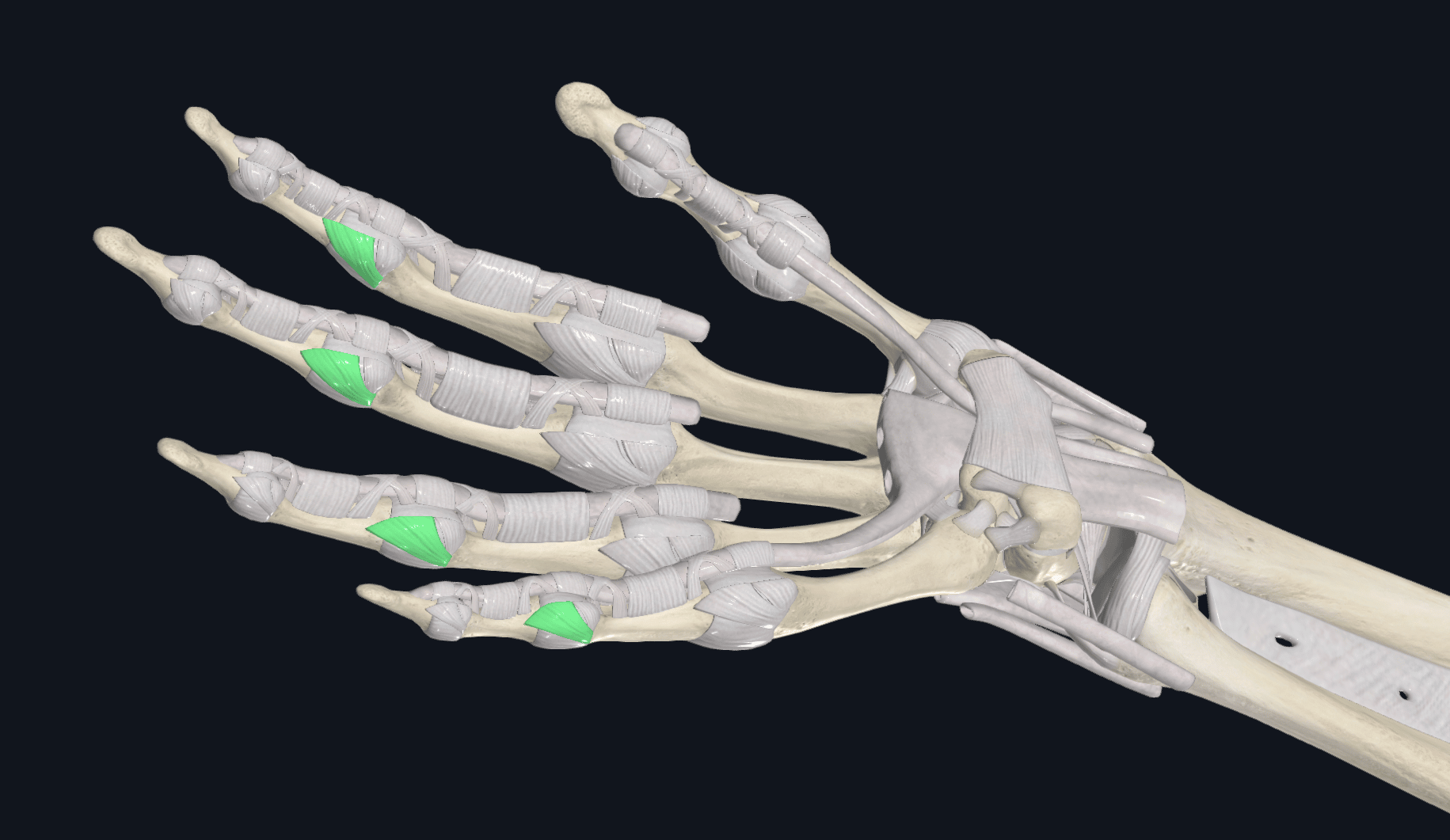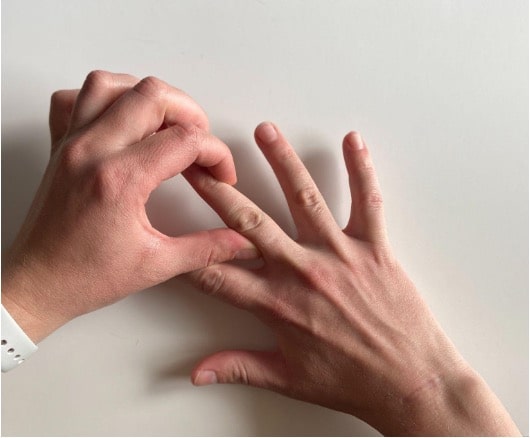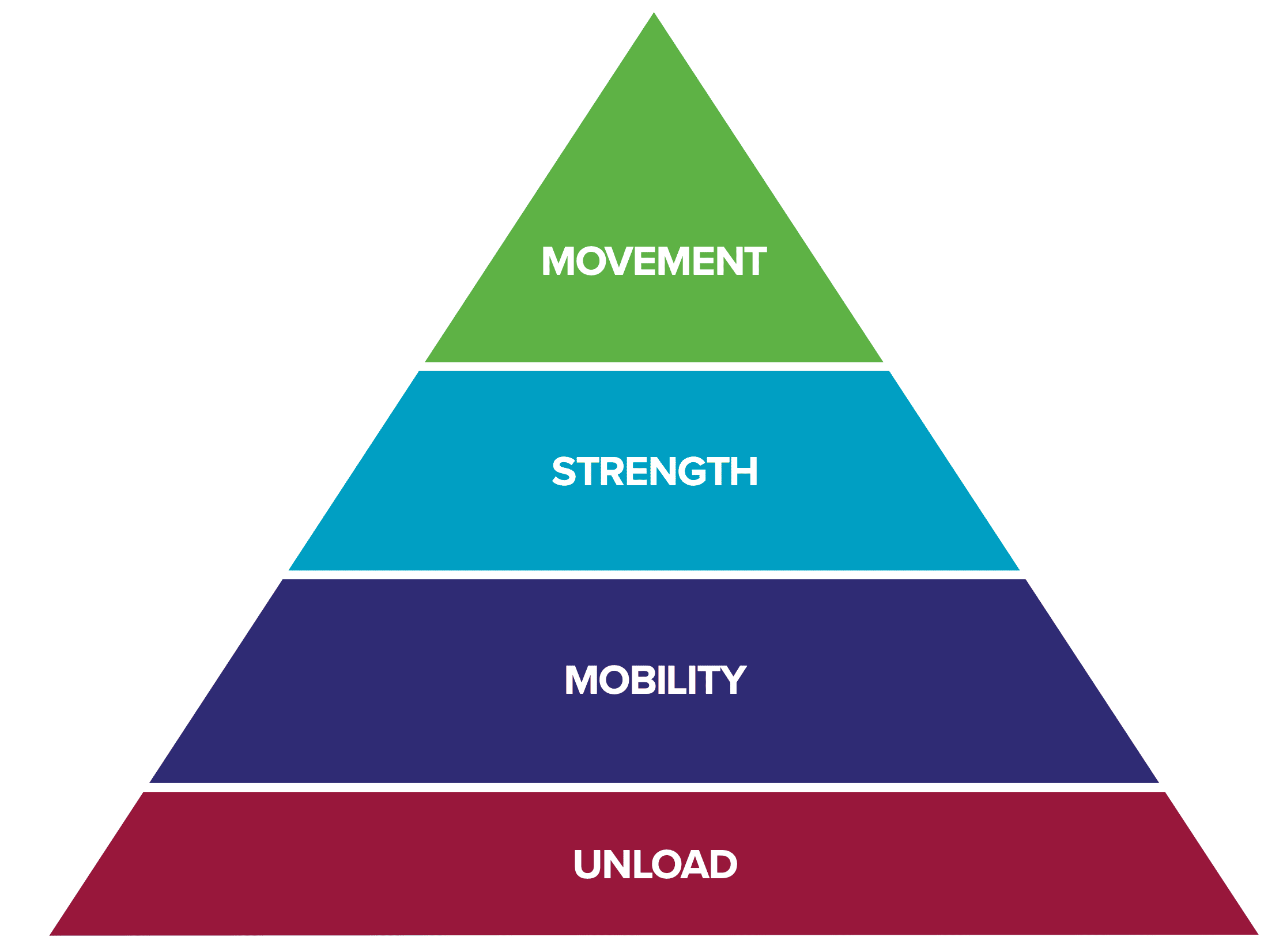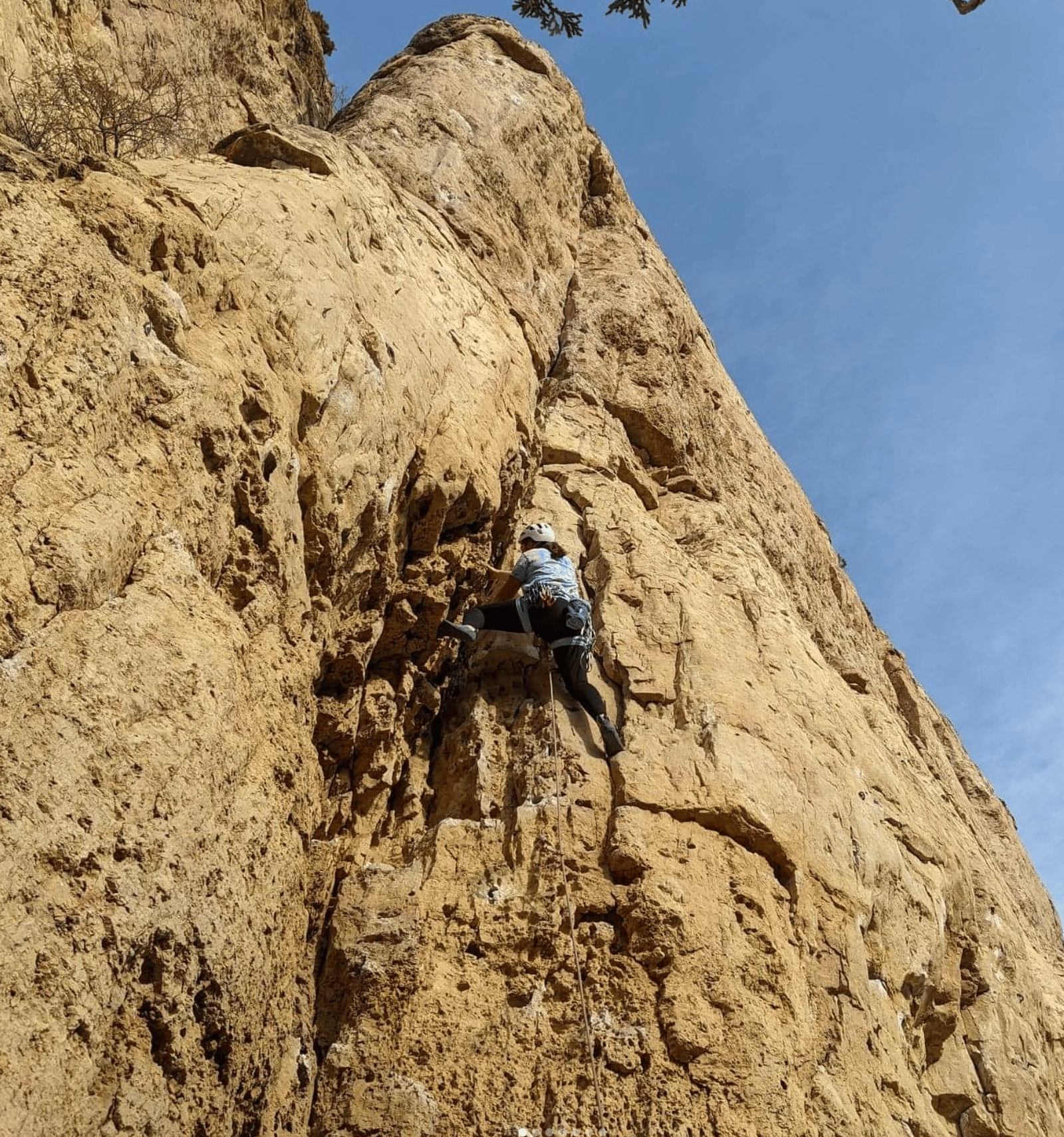Collateral Ligament Finger Injuries in Climbers
If you are familiar with rock climbing, you’ve probably either experienced a finger injury or know someone who has. Finger injuries are a common occurrence in rock climbing due to the high demands of supporting your body weight on small, irregular holds – sometimes just by the tips of your fingers. You may have heard of a pulley injury, but injury can also occur to the collateral ligaments in fingers. These injuries can range from mild sprains to complete tears. Collateral ligaments are found on both lateral aspects of your finger joints and run across the joint spaces (on the sides of your knuckles). The purpose of these ligaments is to stabilize the finger against motions that bend the finger side to side. They allow for a small amount of side bending when the finger is fully extended and are fully taut when the finger is flexed. Collateral ligaments can be injured with excessive lateral forces on the fingers; crack climbing, moving on/off of a side pull or gaston, or during dynamic movements from side to side in particular can stress these ligaments. Because of the infinite variation of holds in rock climbing and high force requirements, these ligaments are typically under a lot of repetitive stress throughout a climbing session.

Signs and Symptoms
- Pain on the side of the finger occurring suddenly from climbing
- Swelling around a finger joint
- Pain when the finger is bent to the side
- Limited range of motion in the finger
Assessment
How can you tell if you injured a pulley or a collateral ligament?
Formal assessment can be found with an MRI, however most collateral ligament injuries are treated conservatively and do not require an MRI to be seen by a physical therapist. Here are some ways to assess whether you might have a collateral ligament sprain:
- Side bend the finger – pain over the joint space on the opposite side that the finger was bent to
- Observe: are there any deformities that make the finger physically appear different from the unaffected side?
- Laxity – If you are able to bend the finger to the side excessively, with significantly more motion than on the same finger of the opposite hand, that would indicate a higher likelihood of collateral ligament injury.
- Bowstringing – Bowstringing is a sign of a severe pulley injury that will not present in a collateral ligament injury.
The table below may help to differentiate between a collateral ligament or pulley injury:
| Pain over sides of finger | Pain when bending finger to the side | Laxity when bending finger away | Visible Bowstringing | Pain with resisted flexion | |
|---|---|---|---|---|---|
| Collateral Ligament | Yes | Yes | Sometimes | No | Sometimes |
| Pulley | Sometimes | Sometimes | No | Sometimes | Yes |
This image below shows collateral ligament testing of the third digit medial collateral ligament – yellow circle indicates where pain would be expected if this ligament is injured. If completely torn, the finger would bend excessively.

Rehab and Recovery: The Rock Rehab Pyramid

In order to ensure a safe and pain free return back to rock climbing, we will be utilizing the Rock Rehab Pyramid developed by Dr. Jared Vagy illustrated in his book Climb Injury-Free. The rock rehab pyramid allows you to self-gauge your injury and when to progress to the next stage of recovery starting with the unloading phase moving to mobility, followed by strength and lastly the movement phase.
Unload
- Taping: This video provides a good demonstration of taping for a collateral ligament
Mobility
- Passive range of motion: Use your other hand to alternate bending and straightening your finger. Go gently and slowly for about 20-30 reps several times a day (every hour on the hour is a great way to go)
- Active range of motion: Alternate bending and straightening your finger like the previous exercise but without using your other hand.
- Tendon glides: See the video below
Strength
- Theraputty or stress ball squeezes: 10sets of 6 second squeezes
- Finger abduction/adduction w/ rubber band: See the image below

- Dumbbell carry: Pick up a dumbbell and hold the grip firmly at your side for 10 seconds at a time. Choose a weight that causes 2-3/10 dull soreness in the finger with no sharp pain.
- Hangboard: Incorporate hangboarding into your routine to strengthen your fingers with consistent and controlled loading. Hang on edges that cause up to 2-3/10 soreness for 5 sets of 10 second holds with a minute rest in between sets.
Movement Advice
- Climb statically: Move slowly so that you can place your hand on the next hold more precisely. This will help prevent excessive force through your injured finger and help you load the finger more carefully
- Focus on the footwork: Set feet before pulling on holds that are oriented sideways. Putting more weight through your feet will help offload the fingers.
Resources:
- Vagy, Jared. Climb Injury-Free. Los Angeles: The Climbing Doctor, 2016.
- https://radsource.us/collateral-ligament-injuries-fingers/
- https://www.physio-pedia.com/Rock_Climbing_Injuries#:~:text=Collateral%20ligament%20strains,-This%20type%20of&text=It%20most%20commonly%20occurs%20in,taping%20the%20finger%20for%20support
- https://theclimbingdoctor.com/portfolio-items/collateral-ligament-sprain-4/
- https://www.youtube.com/watch?v=DgtNQyis42I
- https://journalofprolotherapy.com/ligament-injury-and-healing-an-overview-of-current-clinical-concepts/
- https://leohanddoc.com/pdf/the-collateral-ligament-of-the-digits-of-the-hand.pdf
About The Author:
Emily Herbster is a doctor of physical therapy and a graduate of the DPT program at Eastern Washington University. She is a member of the Student Climbing Special Interest Group.

- Disclaimer – The content here is designed for information & education purposes only and the content is not intended for medical advice.




